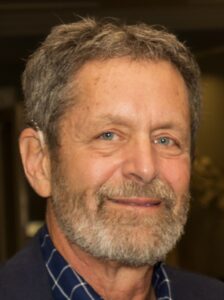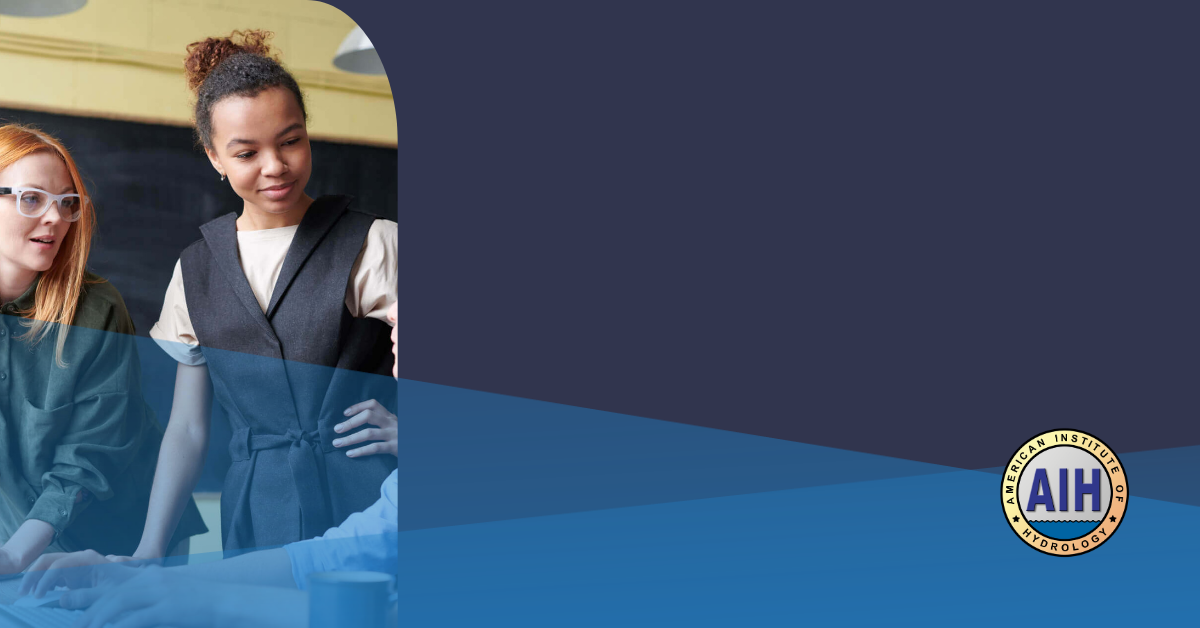Hello from AIH!
I am so proud of our management team, AIH Board of Directors and Board of Registration for their continued dedication to serving the hydrology community, and our membership. The first half of 2024 has been refreshing, as we have focused on membership engagement and providing value to AIH members.
My vision is for AIH to provide its members with not only national recognition, but engagement with the hydrology community throughout the world. Our robust webinar series has been an excellent example of global collaboration.
I am in awe of the progress in 2024 so far, as we continue to grow with more regular certification exams offered, and more candidates passing exams to become hydrologists in training, hydrologic technicians, and professional hydrologists. With a robust leadership team in place and several worthwhile committees available for participation, now is the time for all AIH members to become actively engaged. I encourage each of you to attend a webinar live, access a recorded webinar, or join an AIH committee.
Sincerely,
Julé Rizzardo, PH
AIH President, 2023-2024
AIH COMMITTEES
Diversity, Equity and Inclusion (DEI) Committee
Make a positive impact to young people pursuing education in hydrology, and get involved with launching our very first DEI scholarship program! Contact co-chair (and Director of Academic Affairs) John Ramirez-Avila (jramirez@cee.msstate.edu) or co-chair Matt Naftaly (mnaftaly@dudek.com) to join the DEI Committee. The Committee is finalizing scholarship application criteria and planning for a big announcement about the scholarship program at the next American Water Resources Association Conference!
Communications Committee
This committee helps the Director of Communications with reviewing the technical articles for the AIH Bulletin. If you’re interested in joining, and helping produce our Fall AIH bulletin and beyond, please contact the Director, Communications, Jonathan Quebbeman (jquebbeman@rti.org) by July 31.
Board of Registration
The Board of Registration reviews the applications submitted by professionals to sit for the hydrologist-in-training, hydrologic technician, and professional hydrologist examinations. Current members of the Board of Registration (BOR) include Nick Textor (Chair), Laura Keefer, Rahul Ranade, and Matt Sparacino. If you are interested in serving on the Board of Registration, please contact Nick Textor at nick.textor@austin.rr.com.
WELCOME TO THE NEWEST AIH MEMBERS
AIH is thrilled to announce the new Hydrologists in Training! We congratulate them on taking this next step in their hydrology careers, and look forward to helping them on their journey to become Professional Hydrologists.
Hydrologist-In-Training
- Cole Blasko
- Lee Knudtson
We are delighted to announce the following AIH members who have successfully completed the steps to become Professional Hydrologists! With are proud of their career accomplishments and certifications, as they help elevate the profession of hydrology.
Professional Hydrologist – Water Quality
- Molly Adams
Professional Hydrologists – Surface Water
- Ghulam Murtaza
- Andrew Verdin
- Dillon Vogt
Professional Hydrologist – Groundwater
- Joe Odencrantz
UPCOMING EXAM SCHEDULE
Don’t forget to complete your application for Professional Hydrologist, Hydrologist in Training, or Hydrologic Technician. To sit for any AIH exam, you must have a completed application. More information can be found here. Here are the upcoming exam dates for 2024:
Professional Hydrologist Exams (Surface Water, Groundwater, and Water Quality)
- July 12
- September 13
- November 1
Hydrologist-in-training and Hydrologic Technician Exam Dates
- August 2
- October 4
- December 6
WEBINAR SERIES & CONTINUING EDUCATION CENTER
We are halfway done with our 2024 webinar series and what great speakers we have hosted!
Register now for our July 18 webinar “Mapping Surface Water Dynamics with Cloud Computing and Open Source Software”, featuring Dr. Qiusheng Wu. Dr. Wu will provide an in-depth look at leveraging open-access satellite data, aerial imagery, cloud computing, and open-source software to map and analyze surface water dynamics. He will demonstrate how to apply these surface water mapping techniques to real-world flood events, such as the 2022 Pakistan floods and 2024 Brazil floods.
In our January webinar, Greg Karlovits shared his work on stochastic storm transposition using HEC-HMS. Greg presented new features within the Hydrologic Engineering Center’s Hydrologic Modeling System (HEC-HMS), including the capability to implement storm shifting within HEC-HMS. Access the recording.
In our February webinar, Dr. Guo Yu quantified the role of wildfire in shaping flood frequency. Dr. Yu applied a process-based flood-frequency analysis framework that integrates a stochastic rainfall generator, wildfire simulation, inverse modeling, and a physics-based hydrological model to directly simulate the impacts of wildfire in the upper Arroyo Seco watershed in Southern California. Access the recording.
In our March webinar, Alice Dambroz, PhD student, shared her research on monitoring agricultural watersheds in South Brazil. Her work seeks to quantify and understand the impact of agricultural activities on processes related to surface hydrology and soil erosion. These watersheds represent a variety of scales, geomorphological characteristics, and land uses. Access the recording.
In June, Dr. Ricardo Mantilla gave an entertaining presentation on his research applying machine learning to streamflow and flood forecasting. Dr. Mantilla shared the minimum requirements of data-driven tools to provide acceptable predictions of the hydrological cycle, and how to use numerical experiments to test the capabilities of data driven models for streamflow prediction. Access the recording.
Just a reminder that we launched our Continuing Education portion of our website at https://www.aihydrology.org/continuing-education/. This tool allows AIH members to access any webinars they missed or want to rewatch, and gives non-members the opportunity to download webinars for a nominal fee.
If you have any recommendations, or requests, for a future webinar, we would love to hear from you. Please contact Luciana Kindl da Cunha at lcunha@westconsultants.com.
NEWLY ELECTED BOARD OF DIRECTORS
Director of Academic Affairs – John J. Ramirez-Avila
Dr. John J. Ramirez-Avila is the new Director of Academic Affairs. He is an Agricultural Engineer (Universidad Nacional de Colombia) holding a Master’s degree in Soils (University of Puerto Rico) and a PhD in Engineering with an emphasis in Water Resources (Mississippi State University). John is an Associate Professor at the Watersheds and Water Quality Research Lab, School of Civil and Environmental Engineering at Mississippi State University.
Director of Communications – Jonathan Quebbeman
Dr. Jonathan Quebbeman is the new Director of Communications. He is a hydrologist and water resources engineer with more than 24-years of experience. He is currently the Director of Water Resources, South Asia, in addition to leading the Hydrologic Risk program with RTI International, a non-profit research institute.
FREE FUNDAMENTALS EXAM PREPARATION COURSE AT THE AWRA CONFERENCE!
Dr. Zhang, former Director of Academic Affairs with AIH, has graciously agreed to provide a fundamental exam review workshop during the upcoming 2024 American Water Resources Association (AWRA) conference, September 30th – October 2nd, St. Louis, MO. Passing the fundamentals exam is an important step towards obtaining the Hydrologist-In-Training (HIT) membership. The workshop will also include an overview about the process to apply for the fundamentals exam and become a certified member of AIH. The review course will be offered free of charge to all AWRA conference attendees. Please stay tuned for more details about the exact date and timing, as details are being finalized. We look forward to meeting you there!
The AWRA conference this year will celebrate its 60th Anniversary and will be joined with the Universities Council on Water Resources (UCOWR) and National Institutes for Water Resources (NIWR). AIH is a Gold level sponsor this year.
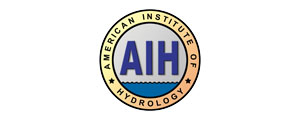
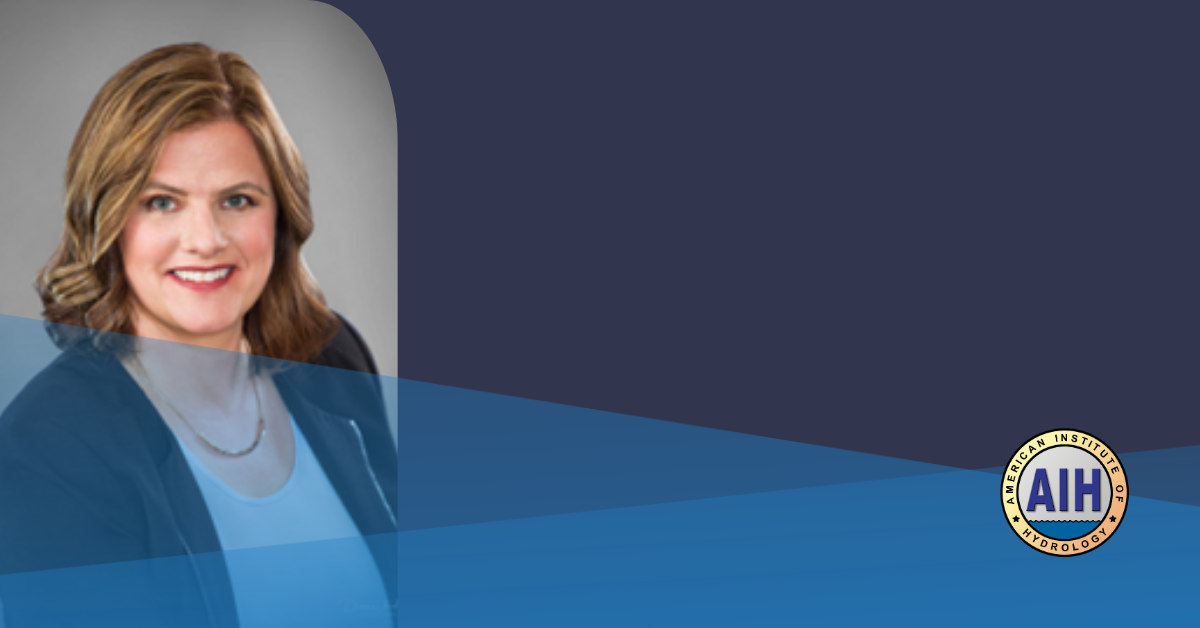

 Director of Academic Affairs – John J. Ramirez-Avila
Director of Academic Affairs – John J. Ramirez-Avila Director of Communications – Jonathan Quebbeman
Director of Communications – Jonathan Quebbeman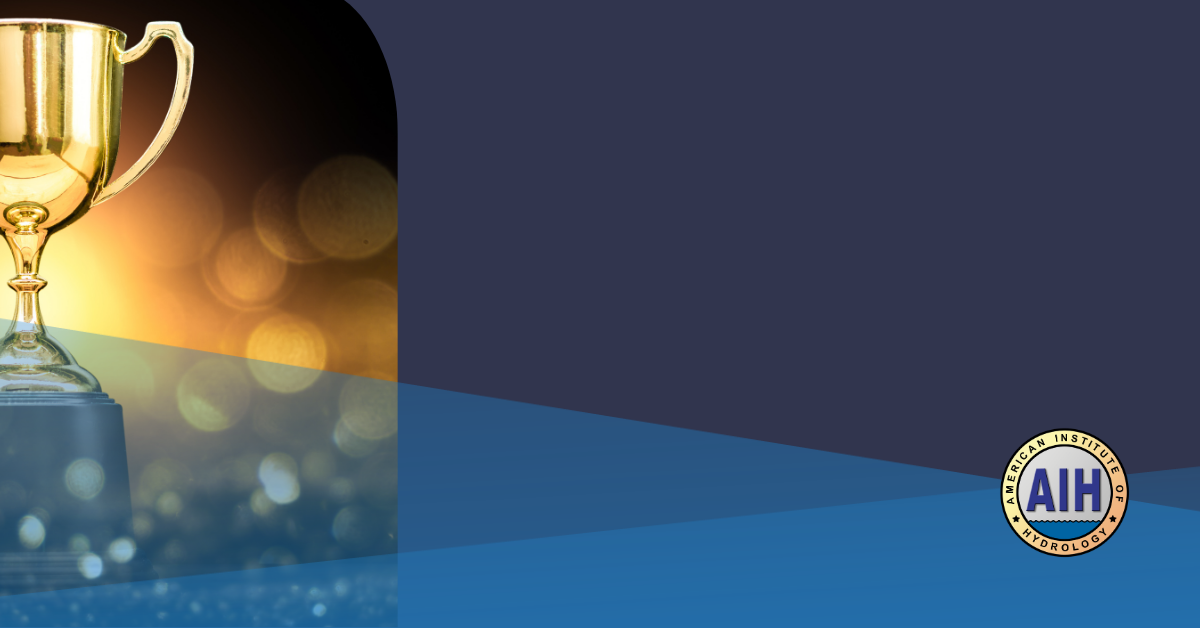
 Ms.
Ms.  Dr.
Dr. 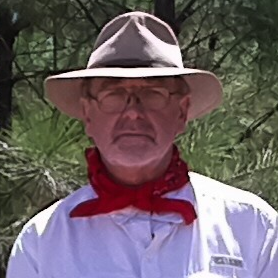 Treasurer – Dr. James J. Connors
Treasurer – Dr. James J. Connors